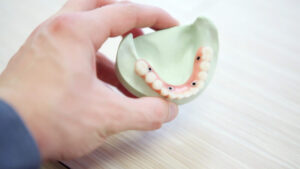
Tartar And Plaque:Remove Methods Without A Dentist
Tartar and plaque, known as dental calculus, form on teeth when plaque accumulates and starts to harden. Not only is tartar visually unappealing, but it
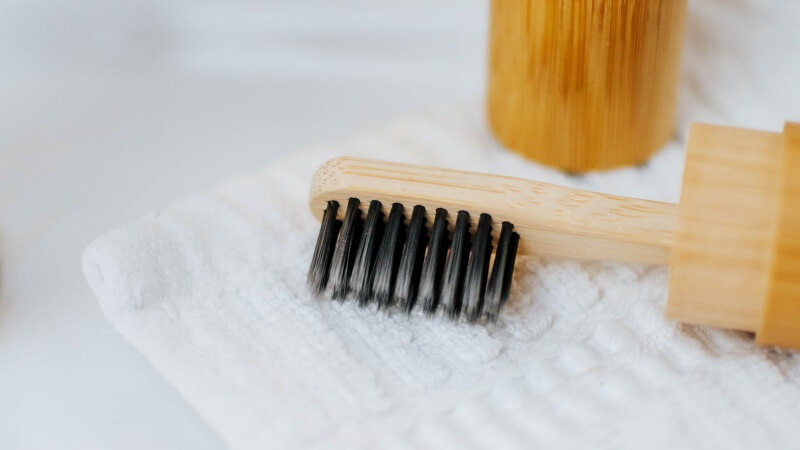
In the world of oral hygiene, toothbrush sanitizers have emerged as the unsung heroes. These nifty devices promise to keep your toothbrushes pristine, free from germs, and ready for action.
However, have you ever wondered about the unseen battle happening inside your toothbrush sanitizer? Yes, we’re talking about preventing internal contamination – the secret to maintaining dental hygiene superheroes!
Unmasking the Culprits
Your toothbrush sanitizer might look clean, but lurking within are potential contaminants. We uncover the culprits behind internal contamination and why they matter for your dental health.
Picture this: You open your toothbrush sanitizer with the anticipation of a fresh, germ-free brush, only to discover a not-so-pleasant odor wafting out.
What you’re smelling are remnants of your previous oral battles – water droplets, toothpaste, and even tiny food particles.
These seemingly harmless residues can become silent intruders, transforming your toothbrush sanitizer into a breeding ground for unwanted guests.
Airborne Intruders
It’s not just physical residues that pose a threat; airborne bacteria and pollutants can also infiltrate your toothbrush sanitizer. They turn it into a battlefield for unseen foes. Your sanitizer might seem like a fortress, but without proper defenses, these invisible invaders can wreak havoc on your oral health.
The Neglected Maintenance Factor
Now, let’s talk about the human factor. Improper user maintenance is another contributor to internal contamination issues.
Neglecting regular cleaning and maintenance can leave your toothbrush sanitizer vulnerable to the forces of contamination. Responsible ownership is key to keeping the battles inside your sanitizer clean and germ-free.
Designing a Hygienic Brush Storage Container
To win the war against internal contamination, you need a strong defense.
Crafting a toothbrush storage container that reduces the risk of internal contamination is the first line of defense. Think of it as your toothbrush’s safe haven, a fortress against unwanted intruders.
Consider materials that are not only aesthetically pleasing but also antimicrobial and easy to clean. These materials form an essential part of your sanitizer’s armor, ensuring that germs have nowhere to hide.
Creating a Contamination-Resistant Sanitization Chamber
Next, let’s focus on the heart of your toothbrush sanitizer – the sanitization chamber. This chamber should be designed to minimize contamination risks and ensure the safety of your brushes.
A well-designed chamber ensures that the battle inside is fought on your terms, with germs on the losing side.
The sanitization chamber is like the front lines of your dental hygiene army. It’s where the most critical battles take place, and winning these battles means ensuring your brushes are truly clean and germ-free.
Choosing the Right Materials
Material selection is critical. When it comes to your toothbrush sanitizer’s interior, choose materials that can withstand the rigors of battle.
Antimicrobial materials can help you maintain a clean and hygienic environment. These materials are like your toothbrush’s trusted allies, fighting off germs and contaminants.
Stainless steel, for example, is a material known for its antimicrobial properties. It’s not just durable; it actively inhibits the growth of microorganisms.
Incorporating stainless steel into the interior design of your sanitizer can significantly reduce the risk of internal contamination.
Regular Maintenance Regimen
In the heat of battle, it’s essential to have a maintenance plan. Regular maintenance and cleaning are your secret weapons. A well-executed plan ensures the longevity and cleanliness of your toothbrush sanitizer. It’s like conducting routine inspections of your fortress to ensure that it remains impervious to external forces.
Maintenance isn’t just about cleaning; it’s about preserving the integrity of your sanitizer’s design. This includes checking for any wear and tear, loose seals, or components that may compromise its effectiveness. Regular maintenance ensures that your sanitizer remains a fortress against internal contamination.
Harnessing UV-C Light for Sterilization
Now, let’s talk about some advanced weaponry – UV-C light. This is your ace in the hole for germicidal action. UV-C light is a powerful tool in the fight against internal contamination. It zaps germs and bacteria, reducing the risk of contamination and ensuring that your brushes emerge from battle victorious.
UV-C light works by disrupting the DNA and RNA of microorganisms, rendering them unable to reproduce or function properly.
This means that even the toughest of germs, those that have managed to infiltrate your sanitizer’s interior, will be neutralized.
The incorporation of UV-C light in your sanitizer’s design is like having a superhero on your side, capable of defeating the most formidable foes.
It’s a proactive measure to prevent internal contamination and ensure that your brushes remain clean and germ-free.
Air Purification Technologies
In the modern age of dental warfare, air purification technologies are a game-changer. These technologies maintain clean air inside your toothbrush sanitizer, neutralizing airborne threats.
Your sanitizer’s air purification system is like an elite squad that ensures the air your brushes breathe is as clean as can be.
HEPA (High-Efficiency Particulate Air) filters, for example, are designed to trap particles as small as 0.3 microns, which includes most bacteria and viruses.
Incorporating HEPA filters into your sanitizer’s design ensures that even if airborne contaminants manage to infiltrate, they will be effectively captured and neutralized.
Activated carbon filters, on the other hand, are excellent at removing odors and volatile organic compounds (VOCs) from the air. This ensures that not only is the air clean, but it also smells fresh and pleasant.
Ensuring Chamber Seal Integrity
A strong defense is only as good as its barriers. The integrity of your chamber’s seal is crucial. It’s the gatekeeper that prevents contaminants from infiltrating your toothbrush sanitizer. A well-maintained seal ensures that your fortress remains impervious to external forces.
The seal acts as the final line of defense, ensuring that no external contaminants can make their way into the sanitization chamber. Even if the exterior of your sanitizer is exposed to environmental factors, a robust seal will keep the interior pristine.
User Guidelines
Knowledge is power, and in the battle against internal contamination, user education is key.
Providing user-friendly guidelines helps educate users on the correct usage and maintenance of toothbrush sanitizers. A well-informed army is a formidable one.
User guidelines should include step-by-step instructions on how to properly use the toothbrush sanitizer, including how to load brushes, initiate sanitization cycles, and perform routine maintenance.
Additionally, guidelines should emphasize the importance of maintaining cleanliness not just on the exterior but also on the interior.
For example, users should be educated on the significance of regularly cleaning the interior components of the sanitizer, such as the sanitization chamber and any removable trays or racks. It’s essential to stress that internal cleanliness contributes to the overall effectiveness of the device.
Best Practices
Share best practices that users should adopt to minimize the risk of internal contamination. These practices are battle-tested and proven to be effective. They ensure that your toothbrush sanitizer operates at its best, protecting your oral hygiene.
Some best practices include:
By following these best practices, users can ensure that their toothbrush sanitizers remain effective in preventing internal contamination. It’s like equipping them with a set of armor to protect their dental hygiene superheroes.
In conclusion, your toothbrush sanitizer is your trusted ally in the quest for oral hygiene excellence. However, it’s not enough to focus solely on external cleanliness.
Internal contamination can silently compromise your dental health.
By implementing the strategies and adopting the best practices discussed in this guide, you can fortify your toothbrush sanitizer against internal contamination. Maintain your dental hygiene superheroes in top form, and remember that when it comes to oral health, every toothbrush deserves a clean slate.
With the right design, materials, maintenance, and user education, you can ensure that your toothbrush sanitizer remains a fortress against internal contamination, keeping your brushes clean and germ-free.


Tartar and plaque, known as dental calculus, form on teeth when plaque accumulates and starts to harden. Not only is tartar visually unappealing, but it

We are often contacted by customers complaining about a Sonicare toothbrush not charging. A charging issue is a common problem and can sometimes be misdiagnosed

Opting for an electric toothbrush for sensitive teeth can help alleviate discomfort and further protect against gum recession. But which model is ideal for those
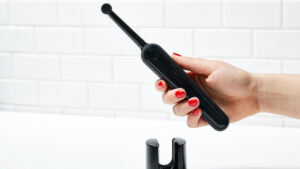
Have you learned how to use an electric toothbrush? It’s crucial to know not just for electricity but for any toothbrush type. Even though electric
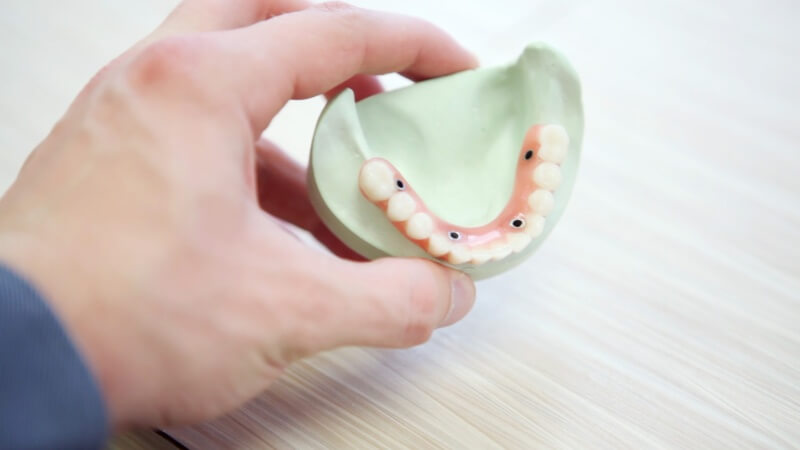
Tartar and plaque, known as dental calculus, form on teeth when plaque accumulates and starts to harden. Not only is tartar visually unappealing, but it
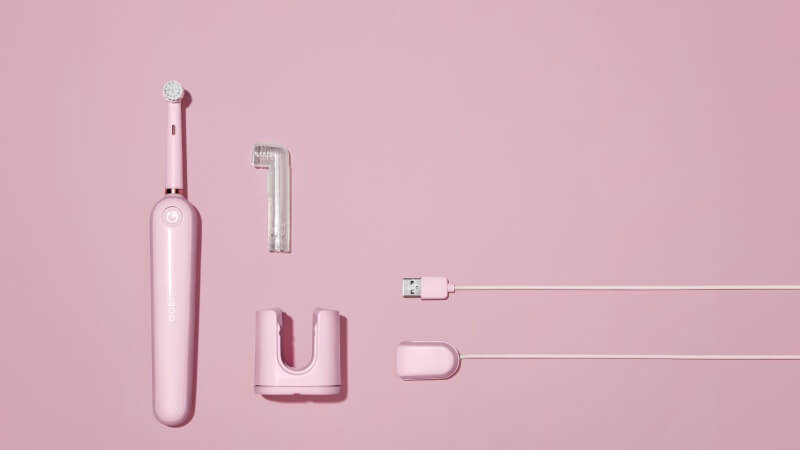
We are often contacted by customers complaining about a Sonicare toothbrush not charging. A charging issue is a common problem and can sometimes be misdiagnosed

Opting for an electric toothbrush for sensitive teeth can help alleviate discomfort and further protect against gum recession. But which model is ideal for those
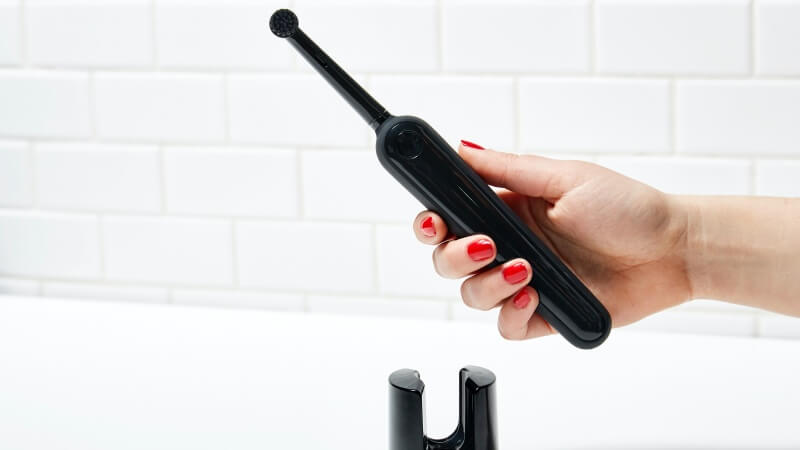
Have you learned how to use an electric toothbrush? It’s crucial to know not just for electricity but for any toothbrush type. Even though electric
Copyright © 2025 toothbrushsanitizerholder. All Rights Reserved.